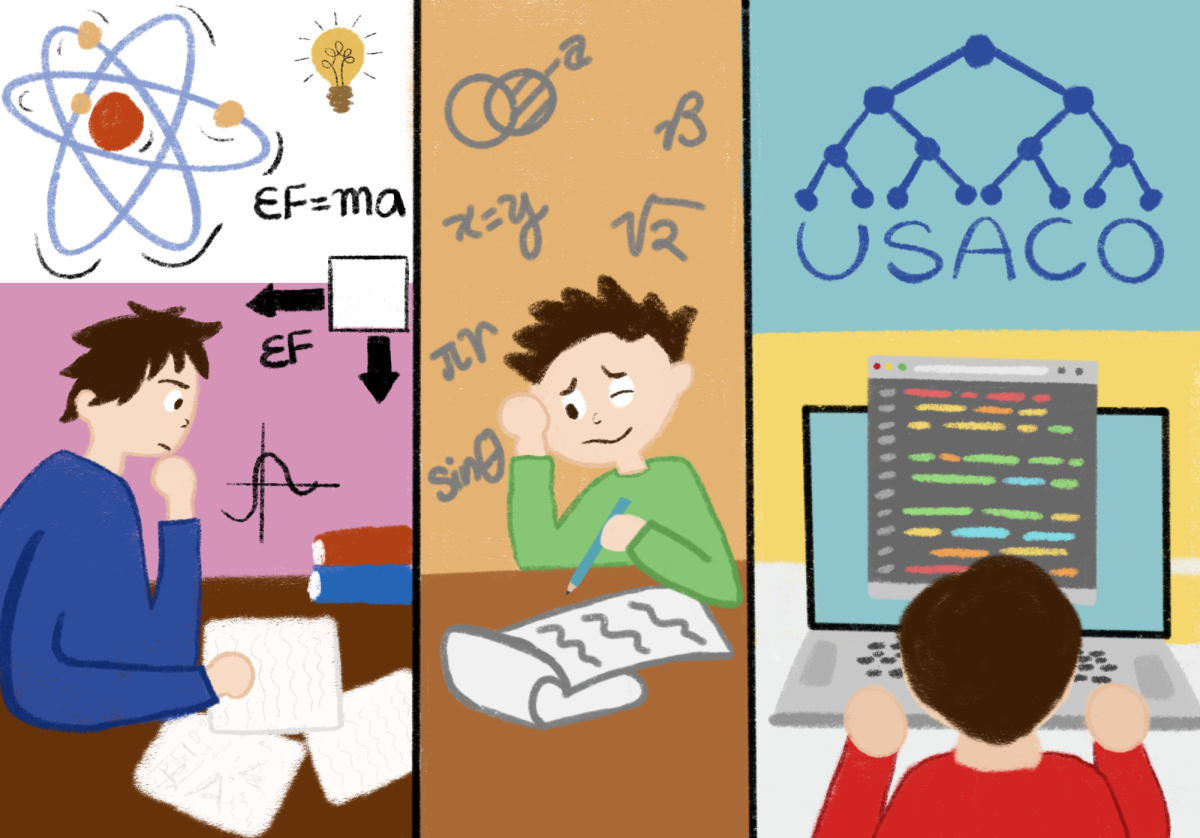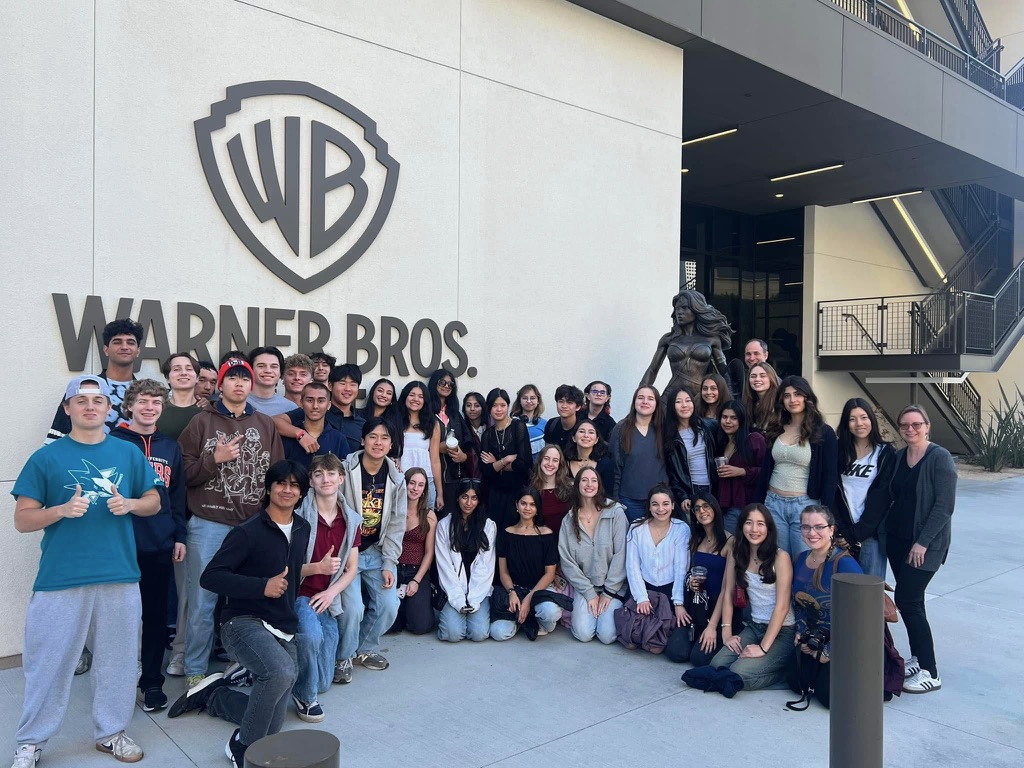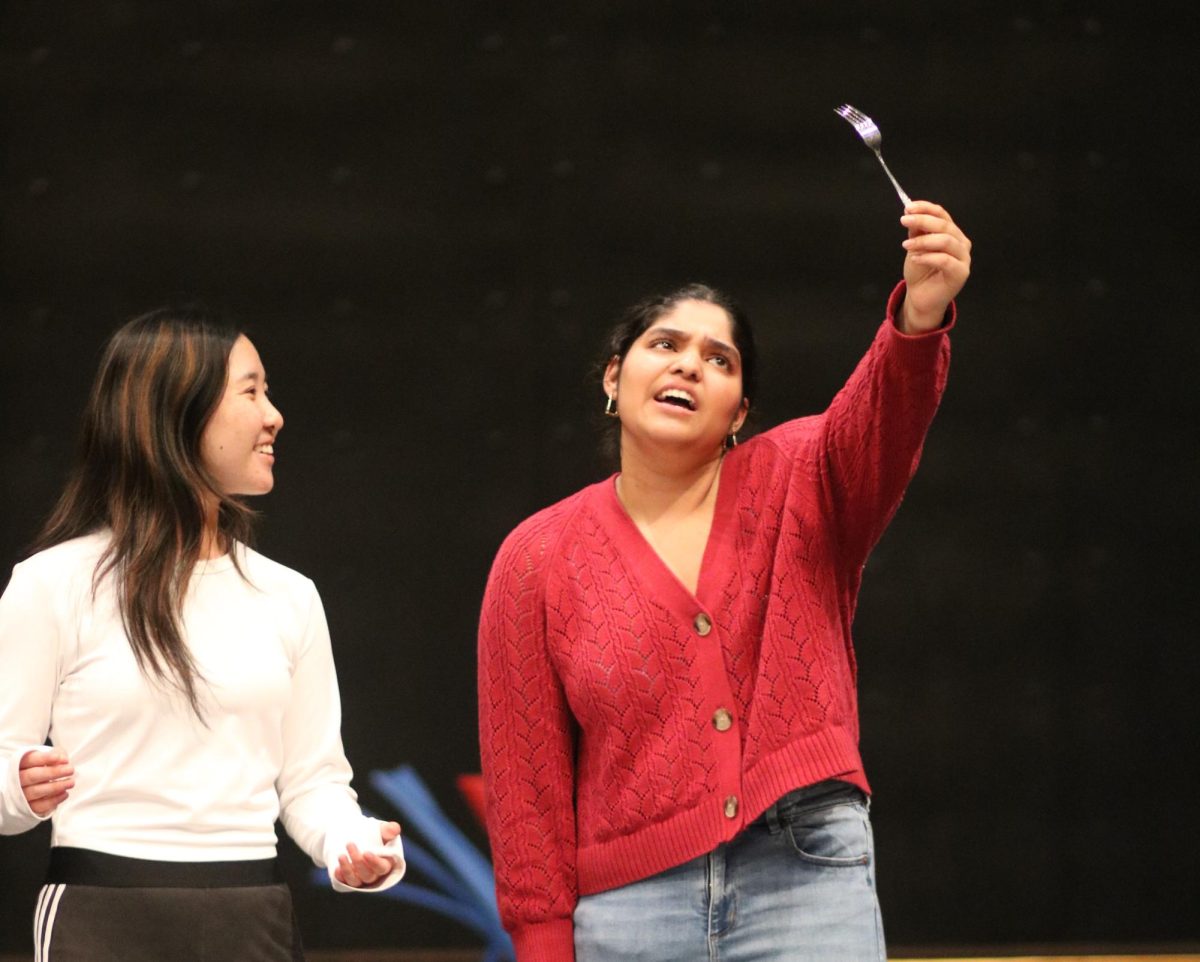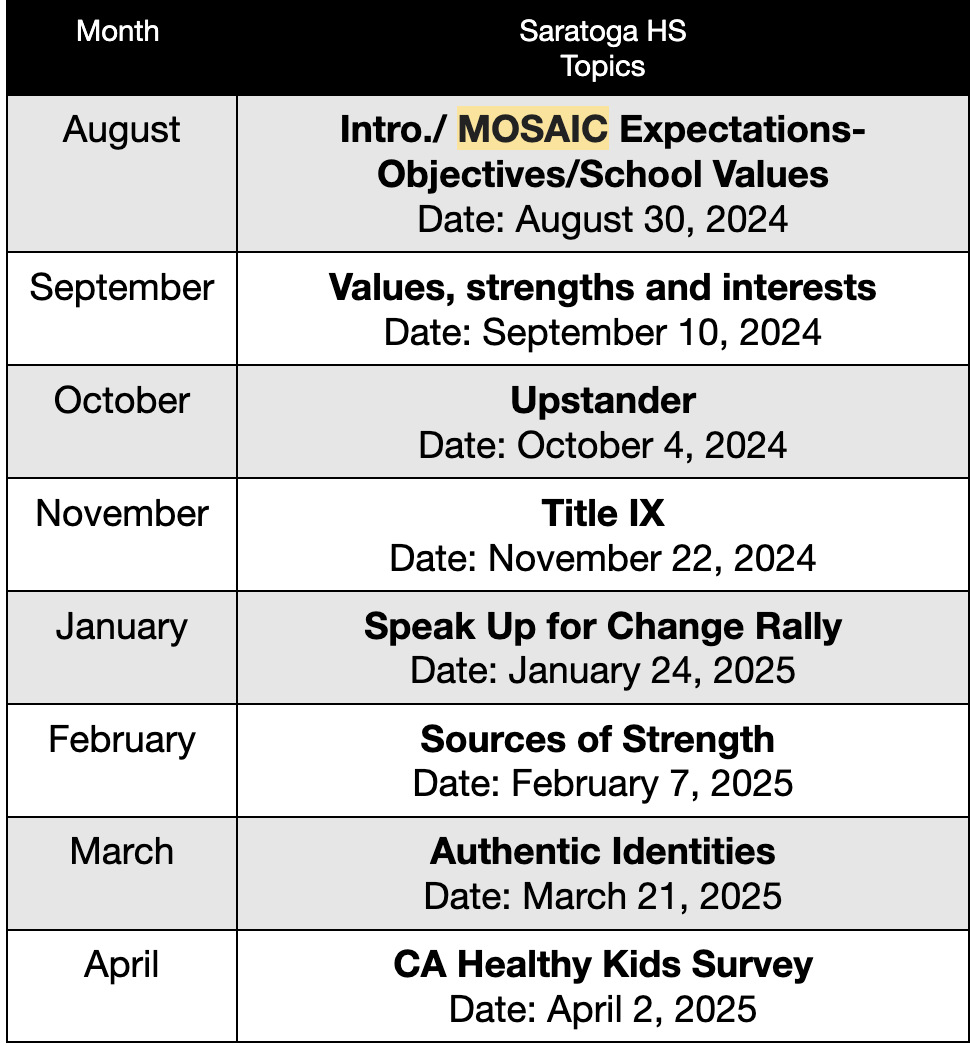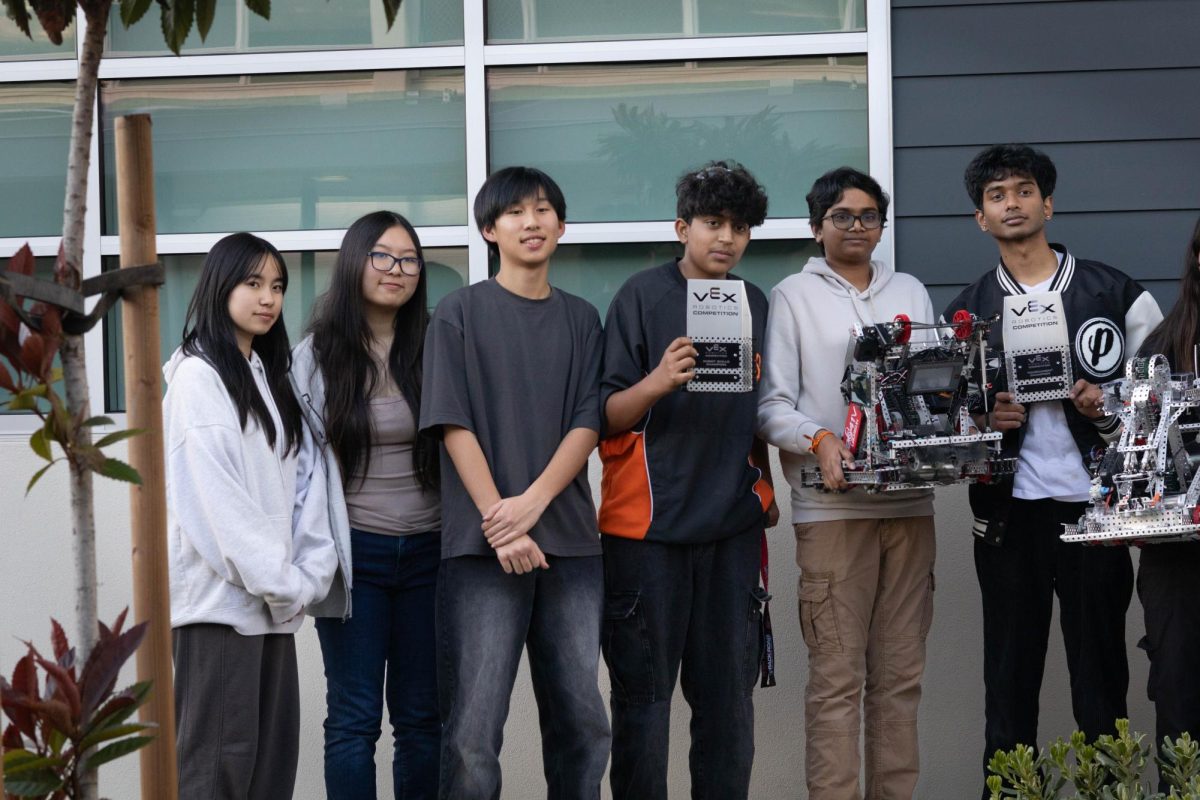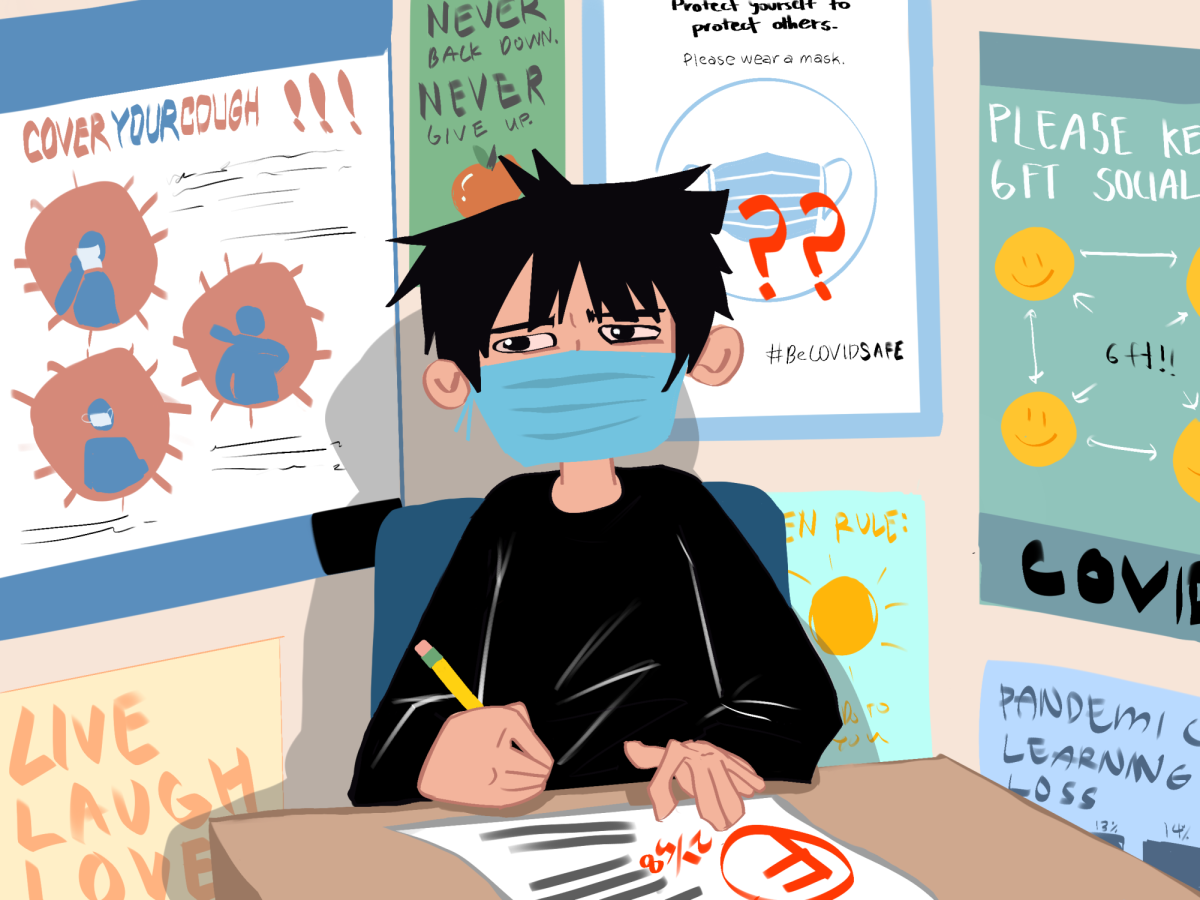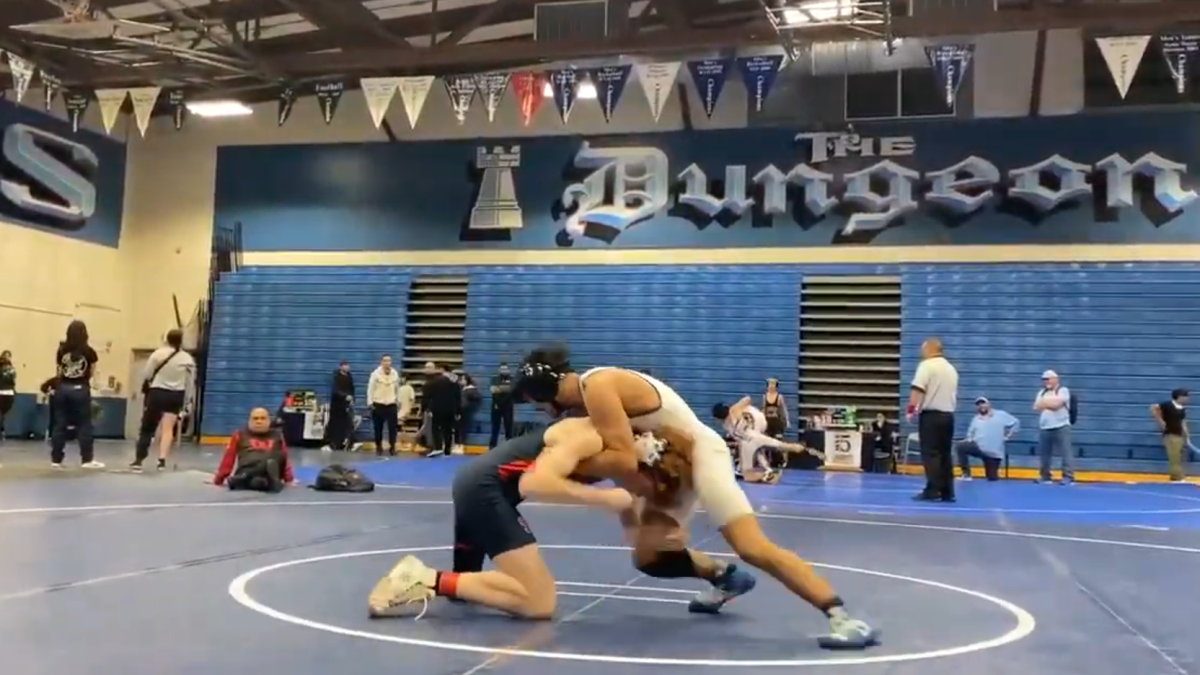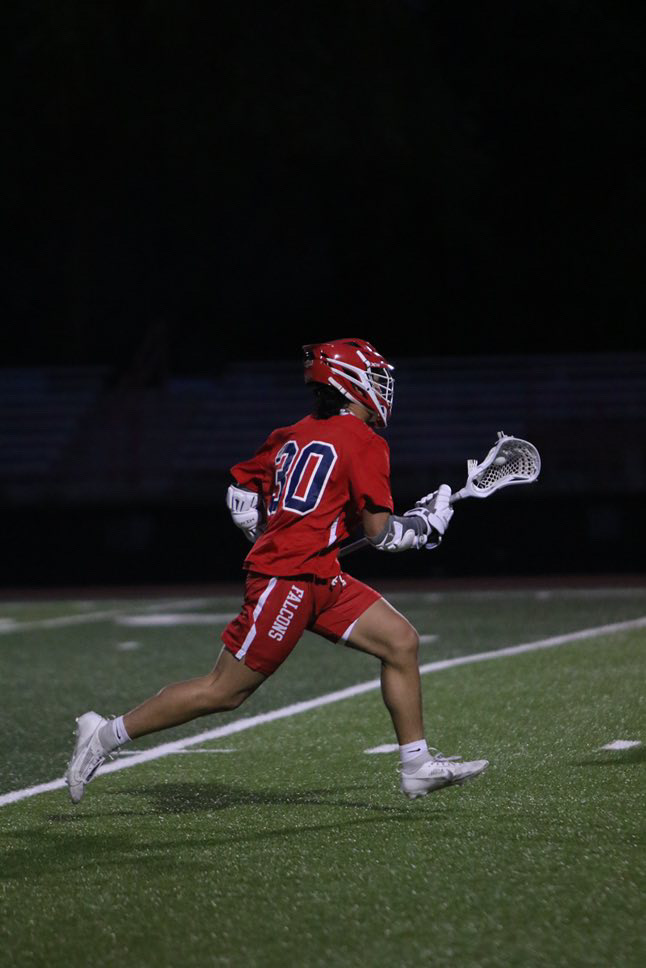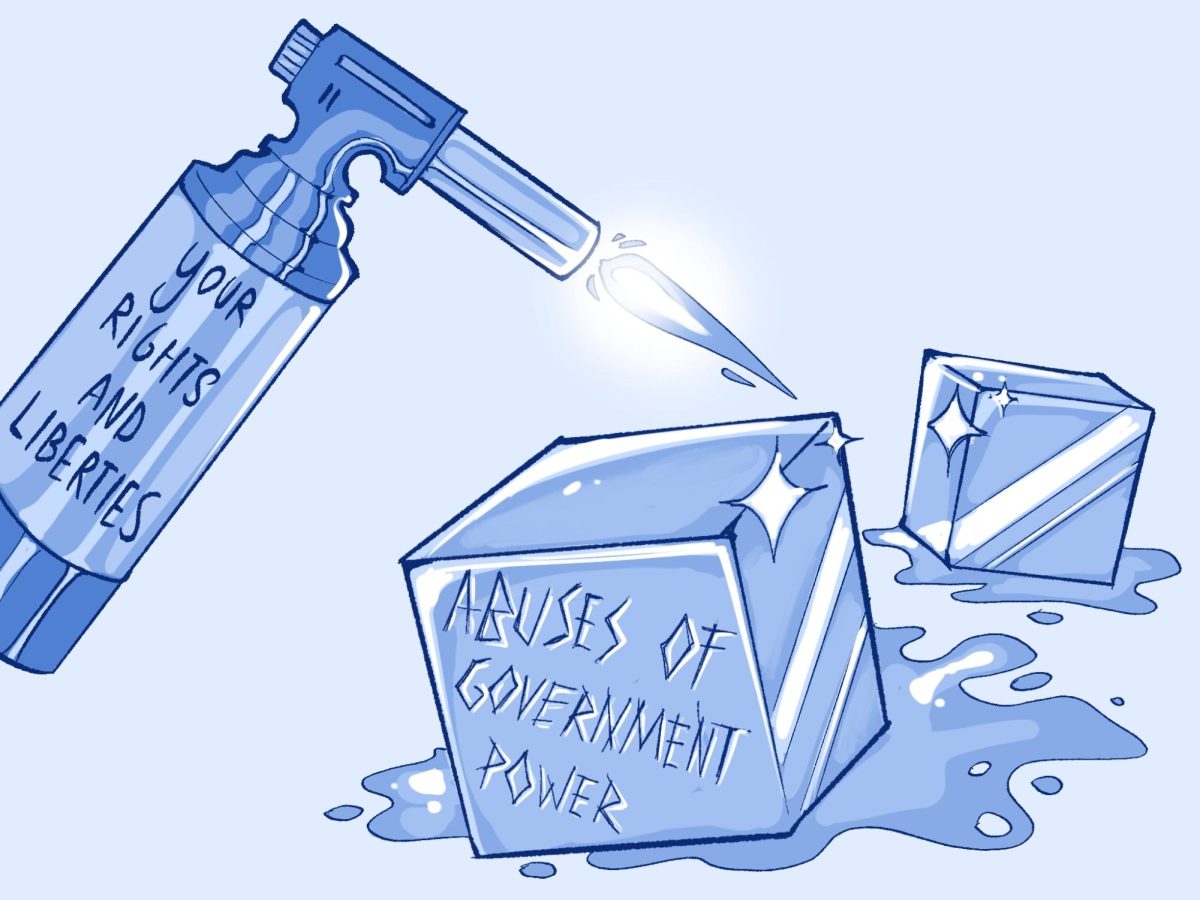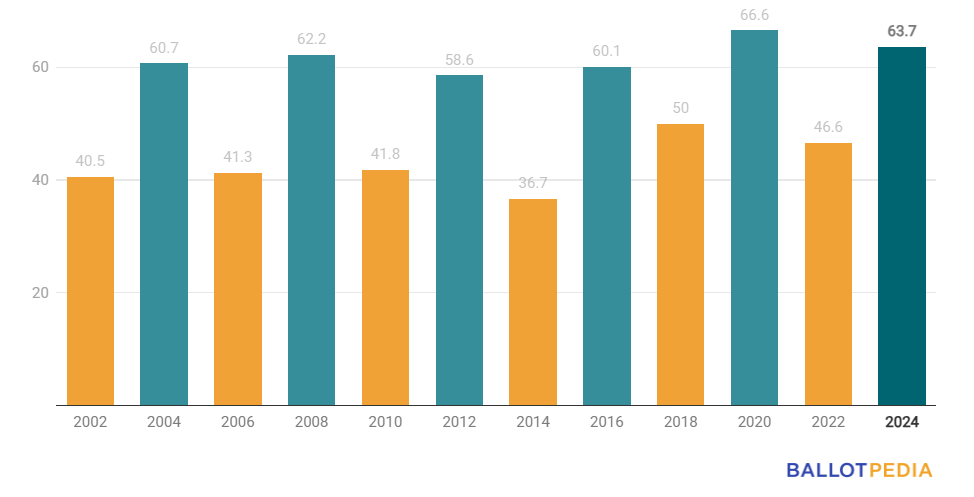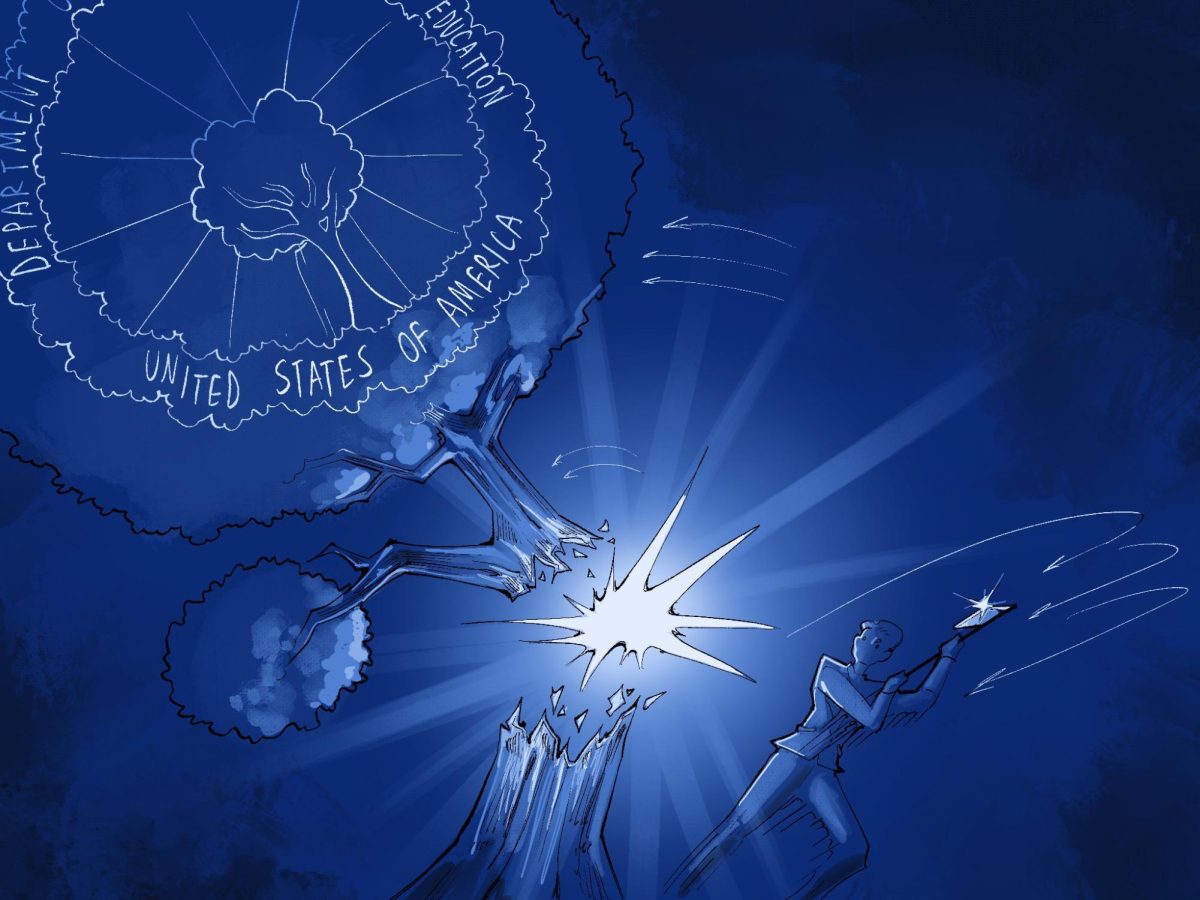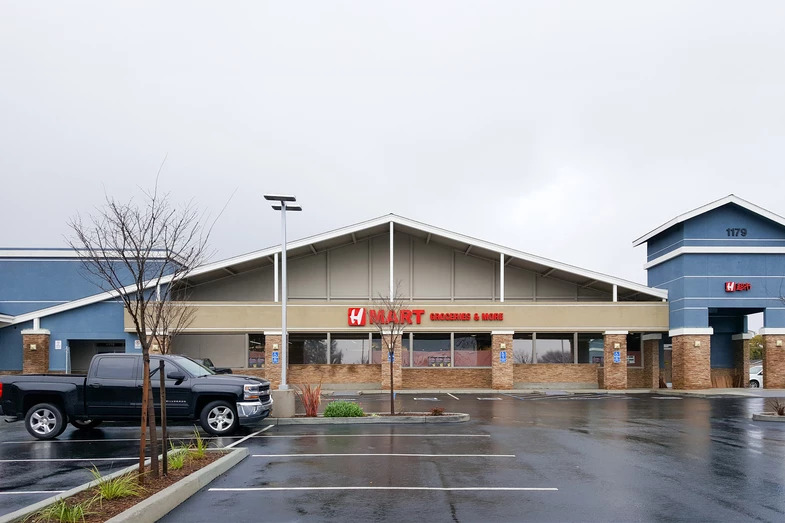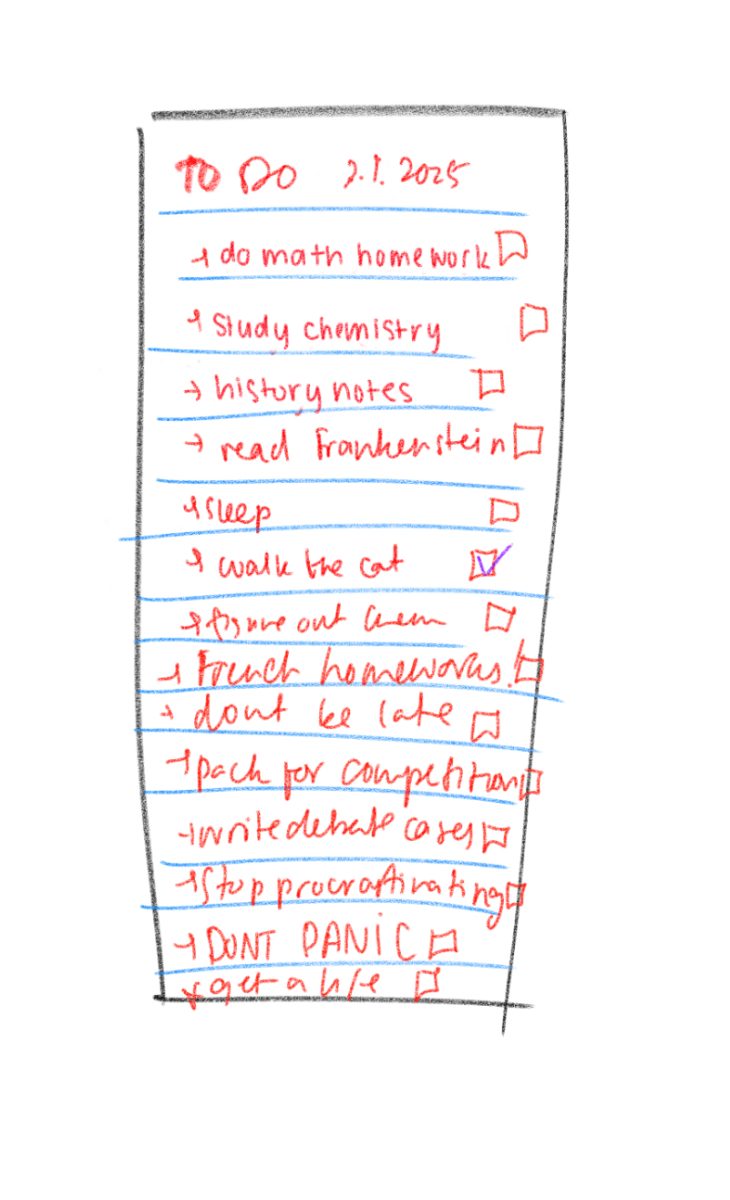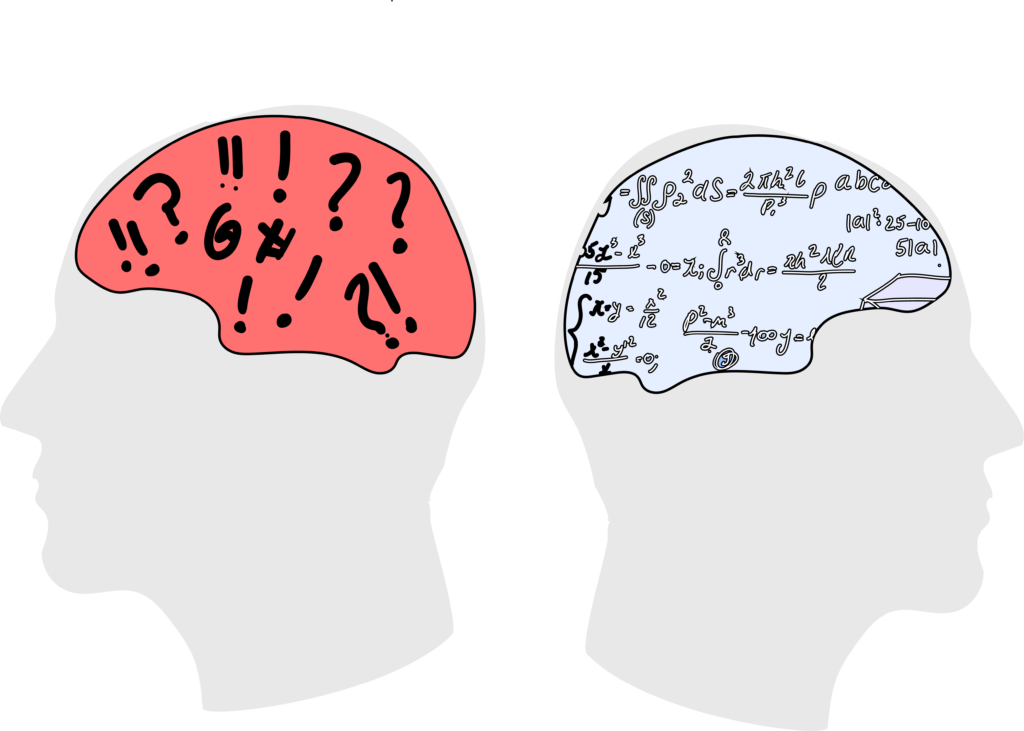During the transition to online learning, class time has been cut from 95 minutes to 75 minutes every class, not to mention that students lose one class day every two weeks because classes meet a total of four times instead of five
This paired with the difficulty in testing, both teachers and students know less is occurring in this new format.
History teacher Jerry Sheehy is one of the many teachers who had to cut out traditional in-person projects and adjust tests from their curriculum.
“There are just some activities that just don't translate from the classroom to remote learning,” he said. “In general, it takes longer to learn materials online mode, so some things have to be cut out in the interest of time.”
While breakout rooms are helpful for small group work, it’s just not the same as the dynamic nature of collaborating in a real classroom.
“I feel like breakout rooms are either hit or miss,” Yang said. “Some groups are fine and actually help me with learning the materials but others don’t talk or even turns off their camera. It’s a waste of time if no one collaborates together.”
Science teacher Cheryl Lenz also had to reduce the information taught during online learning for the sake of time, cutting out roughly 90 percent of hands-on labs and 10 to 15 percent of course content for her AP Biology classes
“In AP Biology, my students usually spend 4-5 months growing plants, and we can't do that remotely,” Lenz said. “In my Chemistry Honors class, my students have not had the basic hands on lab experiences required to do the more complex labs for AP Chemistry, or even AP Biology for that matter.”
Due to these curriculum cuts, some students, like sophomore Kexin Yang, fear that they may be unprepared for more rigorous classes in the future.
“My chemistry teacher told us that we did not have to memorize certain information that students in the past had to,” Yang said. “I really don’t feel like I’m learning as much as I could.
Turns out, Yang is not the only one that feels this way. According to a McKinsey Research Paper, students across the U.S. started school in the fall about three months behind where we would expect them to be in mathematics. It concluded that students are likely to lose five to nine months of learning in mathematics by the end of this school year.
The learning loss students have faced this school year may be attributed not only to the materials cut from the curriculum but also to the trouble students encounter when trying to focus in online class.
Sophomore Tony Guo said that he struggles to pay attention in his classes because of the lack of supervision he has online.
Data from instructional software provider Zearn show that student participation in online math coursework decreased by 11 percent this fall compared with participation prior to the pandemic.
“I often question myself and search for answers online right after a class to double-check my grasp on the materials that I just learned,” Guo said. “I just don’t feel like I’m prepared for the next school year.”
Although students feel like they’re learning less, Sheehy is optimistic that students will be able to readjust when they return to in-person school.
“I think the students are doing a great job under difficult circumstances,” he says. “They are resilient and will bounce back and meet expectations in the future when things return to normal.”

